May 20, 2025 | 06:26 GMT +7
May 20, 2025 | 06:26 GMT +7
Hotline: 0913.378.918
May 20, 2025 | 06:26 GMT +7
Hotline: 0913.378.918
This is the latest in a series of US counter-notifications showing India is not transparent about the true level of wheat and rice support it provides.
Under its WTO commitments, India may provide subsidies equal to no more than 10% of the total value of crop production. In marketing years 2021-22 and 2022-23 covered in the counter-notification, the United States and other countries demonstrate through India’s own data that its support level far exceeds that limit.
India’s wheat support schemes incentivize overproduction and discourage farmers from growing other crops, the countries said. This has led to massive public stocks of wheat that the Indian government has at times dumped onto international markets. The disruption it causes harms farmers in exporting countries and their customers.
“We appreciate that the US Trade Representative and other country delegations are working to highlight India’s trade-distorting wheat support,” said US Wheat Associates President Vince Peterson. “India’s government continues to be out of compliance on its commitments and its refusal to compromise on its level of support and public stockholding is blocking any progress on agricultural negotiations at the WTO. It is important to keep bringing this issue to light with hope that it will eventually pressure India to become a responsible trading partner.”
The National Association of Wheat Growers also voiced support for the counter-notification.
“Thank you to the USTR for their continued efforts to push India to follow through and come into compliance with their WTO commitments,” said NAWG Chief Executive Officer Chandler Goule. “Farmers in the United States understand the importance of supporting producers when needed. However, India’s approach is the wrong way to do it, and it is important that they follow through on their commitments.”
This is the third counter-notification the US has filed against India’s rice and wheat subsidies. The first was in 2018 and the second in 2023.
The 2018 counter notification was submitted just by the United States while the 2023 counter notification was co-sponsored by Australia, Canada, Paraguay, Thailand, and Ukraine, said USA Rice.
“This move comes on the heels of India’s recent actions to ease its export restrictions, flooding its surplus to the global market, and we applaud USTR on filing this third counter notification,” said Bobby Hanks, Louisiana rice miller and chair of the USA Rice International Trade Policy Committee. “It is important to recognize that other key governments – including developing countries – are also clearly alarmed by the growing economic damage caused by India’s behavior. Hopefully this moves the needle closer towards a dispute settlement case against India.”
(WG)
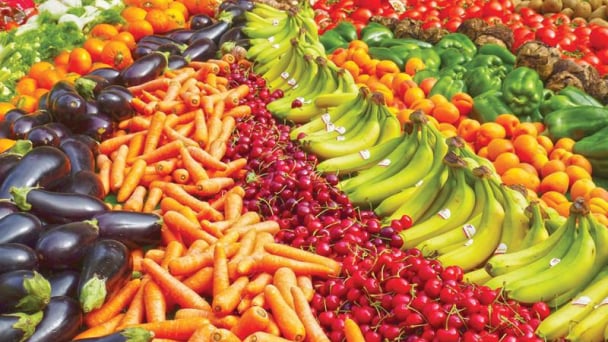
(VAN) On May 15, Ministry of Agriculture and Environment of Vietnam hosted the 'Connecting Vietnam - Germany agricultural, forestry and fishery trade' seminar in Berlin, Germany.
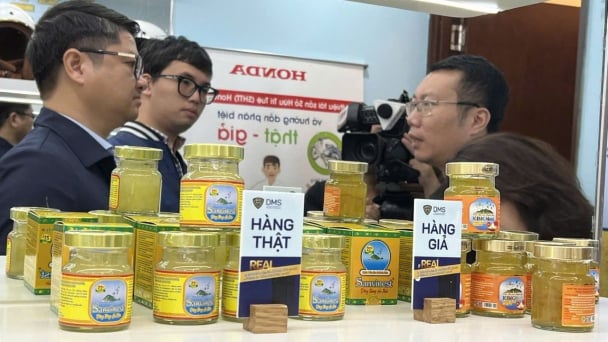
(VAN) In the face of counterfeit and imitation products, Khanh Hoa Salanganes Nest Company hopes for the prompt completion of the legal framework, strict enforcement against violations, and protection of the bird’s nest brand.
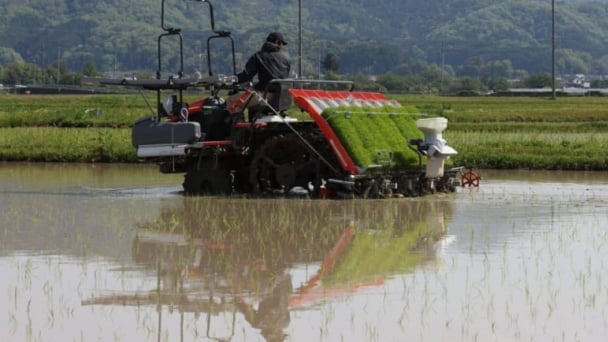
(VAN) Japan's efforts to lower the price of rice through the release of its stockpile may finally be making some progress, albeit at a snail's pace.
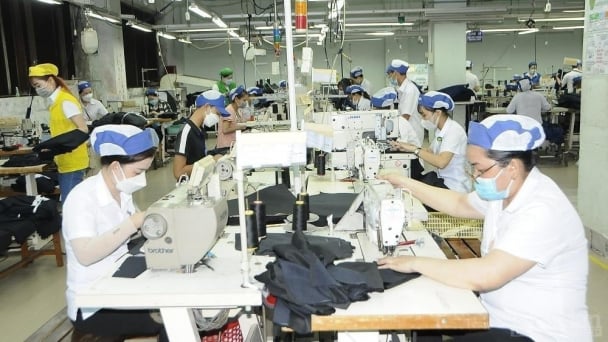
(VAN) U.S. tariffs are not only a 'shock', but also an opportunity for Vietnamese businesses to renew their mindset toward comprehensive development.
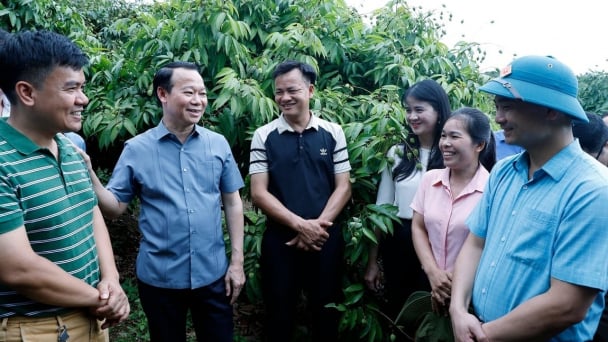
(VAN) As Bac Giang lychee enters the harvest season, Minister Do Duc Duy expects that the fruit will contribute greatly to agricultural exports due to standardized production and deep processing.
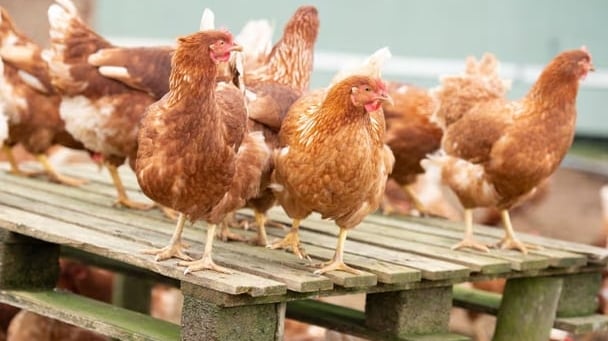
(VAN) Consumers have shown a preference for free-range eggs, but those farming systems are more vulnerable to biosecurity risks like bird flu.
/2025/05/09/5701-1-184335_301.jpg)
(VAN) Vietnam’s eel exports nearly doubled thanks to a mud-free farming model, opening up new prospects while still facing numerous barriers related to international standards.